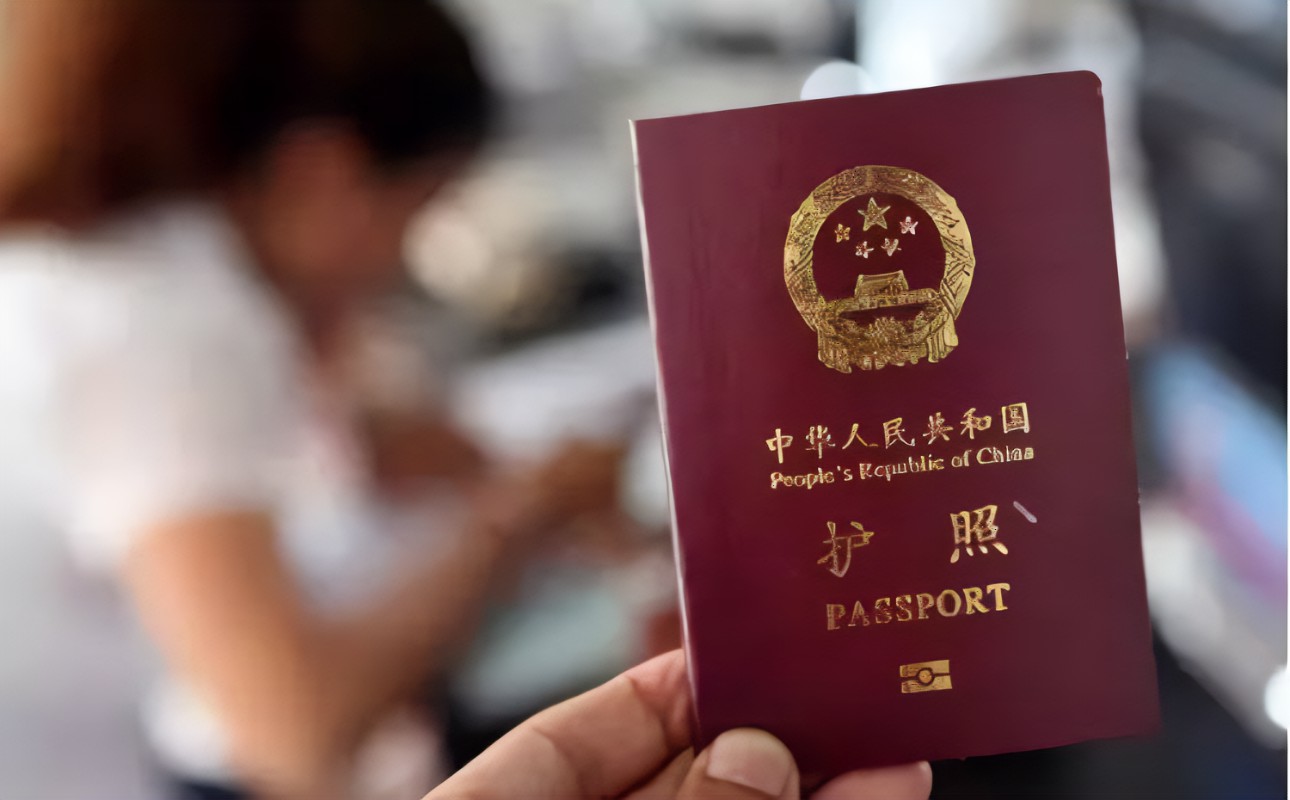According to NIA, the number of individuals entering China from these six countries on Friday increased by 12.54 percent compared to the previous day. Among these travelers, the number of Malaysian passport holders made up the majority with 1,113 travelers. French nationals had the largest increase with growth of 52.31 percent from the day before.
Sabrina Chan, a Malaysian passport holder, traveled from Hong Kong to Shanghai by Hong Kong Airlines through the visa-free entry on Saturday.
“Firstly, I needed to fill out an arrival card to provide my details, which was simple. Then I headed toward the foreigner fingerprint self-collection area, which was also easy and the instructions simple to follow. There were many kiosks and the line moved quickly,” she told the Global Times on Sunday.
“So far for me, no questions were asked. It was very smooth and I feel very happy and glad that China and Malaysia are now visa free to visit each other because I was actually in the midst of applying for a visa before and it was difficult to get appointments,” said Chan.
“Just bring your passport and fill out an arrival card with your hotel and flight ticket information. The entire entry process only took me 15 minutes,” a Malaysian travel blogger called Joannes told the Global Times.
Both Chan and Joannes said they didn’t need to report their health situation, such as filling out a health declaration form, when passing through customs.
From December 1, 2023 to November 30, 2024, holders of ordinary passports from the six countries can enter China visa-free for business, tourism, visiting relatives and friends and transit for no more than 15 days.
An Italian engineer named Franco who works in Shanghai told the Global Times that he and his colleagues really appreciate the visa-free trial as they can now have their family come to China more conveniently.
“I hope that this trial can be extended for a longer period of time. It will definitely facilitate the entry of more people,” he said.
With the resumption of international flights and the implementation of the new visa-free policy, it can be foreseen that the number of travelers from visa-exempt countries for short-term tourism and business exchanges will continue to increase, said Wang Jing, a deputy head of the border inspection station in Hangzhou of East China’s Zhejiang Province.
Wang said the border inspection station has enhanced dynamic monitoring of passenger flow, scientific arrangement of police forces, early opening of channels, and optimization of inspection procedures. The inspection station has also added language interpretation services in English, French, Italian, Spanish, Portuguese and Arabic at the entry-exit hall to help guide foreign passengers.
Border inspection stations at airports in cities, including Beijing, Shanghai, Xiamen in East China’s Fujian Province, said they have also implemented similar optimization measures to ensure safe and high-efficient border entry and promote the country’s high-quality openness.
China’s border control agencies will optimize the deployment of police forces for on-site guidance and open up enough inspection channels to ensure efficient border entry at ports, said the NIA in a statement sent to the Global Times on Saturday.
NIA said it will guide exit-entry departments under public security agencies across the country to provide convenience for visa-free entry travelers to stay in China.
China now has unilateral visa exemption policy for eight countries, covering both Asian and European countries.
Orders for inbound tourism from the six new countries accounted for about 15 percent of inbound tourism to China from January to November, which is an over 40 percent rise compared to 2022, according to data Trip.com sent to the Global Times.
Online travel agency Trip.com said that the US, Australia, Japan, South Korea, Malaysia, Thailand, the UK, Canada and Germany were the top 10 countries for inbound tourism to China from January to November in 2023. Inbound tourism orders to China from January to November in 2023 were about 80 percent of that in the same period in 2019.

